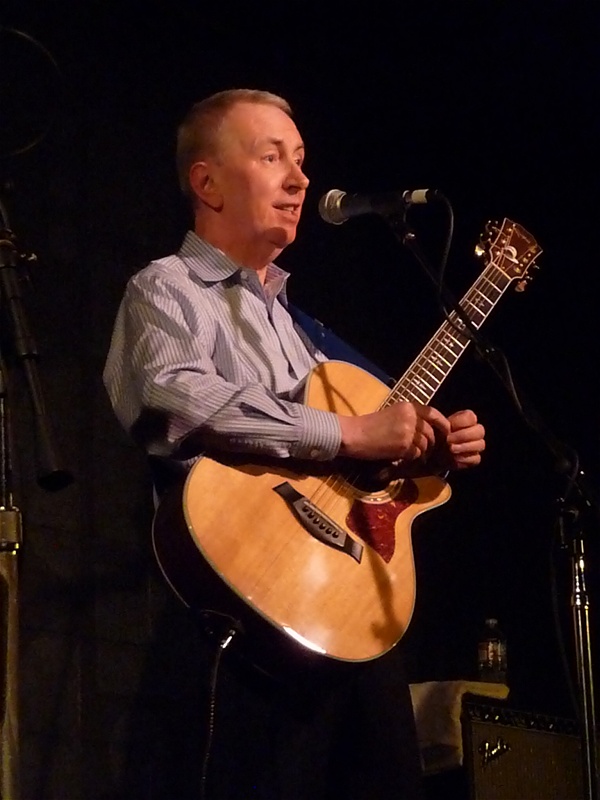Stewart, Al, 1945-
Enlarge text Shrink textAlastair Ian Stewart (born 5 September 1945) is a Scottish-born singer-songwriter and folk-rock musician who rose to prominence as part of the British folk revival in the 1960s and 1970s. He developed a unique style of combining folk-rock songs with tales of characters and events from history. Stewart has released 16 studio and four live albums since his debut album Bed-Sitter Images in 1967, and continues to tour extensively in the US, Canada, Europe, and the UK. He is best known for his 1976 hit single "Year of the Cat", from the platinum album of the same name. Though Year of the Cat and its 1978 platinum follow-up Time Passages brought Stewart his biggest worldwide commercial successes, earlier albums such as Past, Present and Future from 1973 are often seen as better examples of his intimate brand of historical folk-rock, a style to which he returned in later albums. His 2009 release, Uncorked, was released on his independent label, Wallaby Trails Recordings, and was followed up by Al Stewart and The Empty Pockets Live in 2024. Stewart has worked with Peter White, Alan Parsons, Jimmy Page, Richard Thompson, Rick Wakeman, Francis Monkman, Tori Amos, and Tim Renwick, and more recently has played with Dave Nachmanoff and former Wings lead-guitarist Laurence Juber. Stewart appears throughout the musical history of the folk revivalist era. He played at the initial Glastonbury Festival in 1970, knew Yoko Ono before she met John Lennon, shared a London flat with Paul Simon (who was collaborating with Bruce Woodley of the Seekers), and hosted at the Les Cousins folk club in London in the 1960s.
Read more on Wikipedia >
 Personality
Personality



